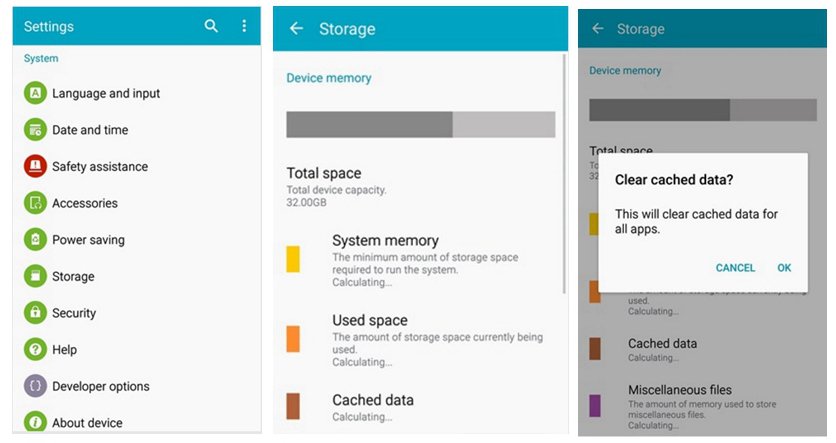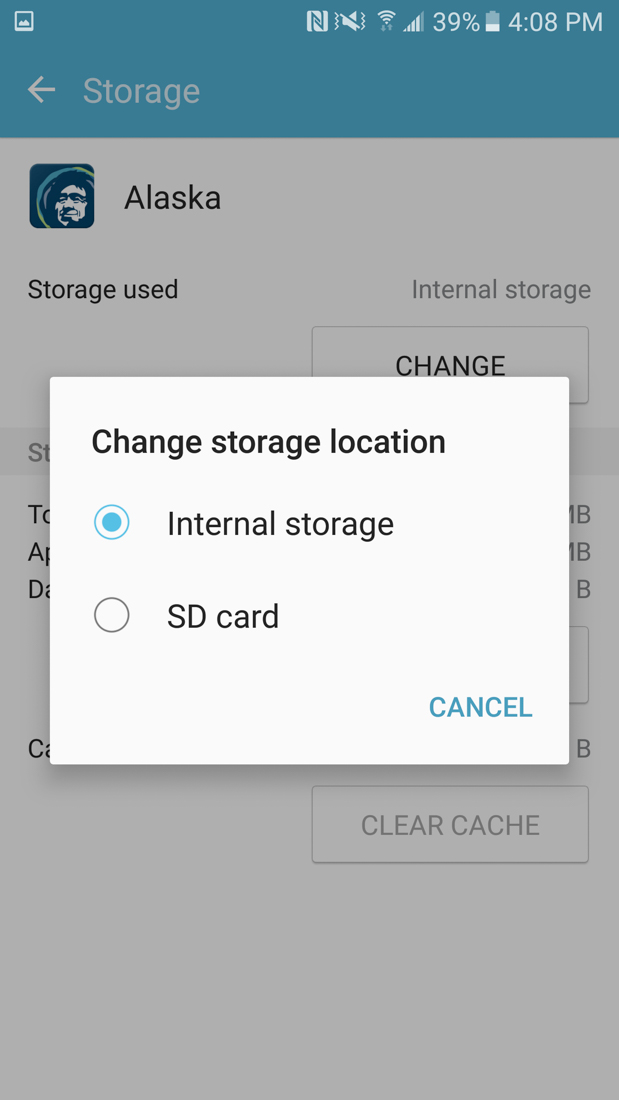Anyone with a smartphone will be veryfamiliar with seeing the dreaded “storage almost full” message flash up on the screen.For those who have ignored these warning signs long enough, it may even read“storage full”. Running out of memory can be quite annoying and disruptive,particularly if it happens just before you need to do something which requiresstorage space.
It seems that all the growing smartphone storage has done over the years, we still manage to accumulate just enough stuff to challenge the limits. Whether your phone has 32GB of storage of 128GB, it's totally normal and very easy to push right up against the edge of filling it up without even really trying. The Galaxy S9 and S9+ have a SD card slot to let users choose the extra storage they want to add, even though fewer people will need one because of the high default 64 GB storage internally. It is a great way to free up space and more versatile internal storage by having your photos, music, videos, podcasts, and documents all stored SD card.
For most Apple or Android users, this message will first appear when you are very close to reaching your storage limit, usually about 500MB before. It often shows after you’ve tried to download a new app, that album you’ve been looking forward to or while shooting a video. If the file size is larger than what’s remaining, the prompt will appear and indicate that you need to make room.
The good news is that you don’t have to putup with it. There are simple steps you can take to help stretch your phone’sinternal memory and make use of every megabyte you have.
Transferphotos and videos out of internal storage
We’re all guilty of taking photosand recording videos, and then forgetting to delete them. Over time, thesefiles can accumulate and take up a lot of storage.
By offloading these files to a cloud-basedsystem, it can make a huge difference. If you’re using an iPhone, go toSettings > Apple ID > iCloud > Photos and tap the iCloud Photo Librarytoggle to turn the service on. Once you’ve enabled iCloud Photo Library, yourphotos and videos will automatically upload to iCloud so you’re free to deleteany locally stored files. Apple provides a certain amount of storage for free,with more available for a small fee.
Android users can set up Google Photos toautomatically back up files by launching the app and going to Settings >Back Up & Sync. Google lets you back up unlimited photos and videos forfree, up to 16MP and 1080p HD. You can then access them from any phone, tablet,or computer on photos.google.com.
Beyond iCloud and Google Photos, there arevarious apps you can use to upload your photos and videos to an online account,including Dropbox and Flickr.Alternatively, you could always go through your albums and delete what you donot need.
Getrid of those unwanted apps

Another habit that we all get into isdownloading apps for a specific purpose (or amid a gaming fad – who remembersFlappy Bird?) and then forgetting to delete them. These apps take up asurprisingly large amount of space and if left without updates, can cause yourphone to slow down.
To see how much space each app occupies,iOS users can go to Settings > General > iPhone Storage. On an Androidsmartphone, open Settings > Storage > Apps.

By deleting a handful of apps, you couldpotentially free up as much as 500MB with little or no effort.

Removeunnecessary downloads
Unlike a few years ago, our phones nowcontain lots of downloaded content. From podcasts to Netflixepisodes, to music, eBooks and documents. Much like unwanted apps, these areoften downloaded and forgotten about. If you no longer need or use them, deletethem and free up space for new content.

Free Up Storage On Samsung Galaxy S4
Deleteold text message threads
When you send and receive text messages,your phone automatically stores them for safe keeping. If these texts containimages or videos, they can take up a considerable amount of space.
Fortunately, you do not need to go back andmanually delete all your old text messages. Both Apple and Android phones allowyou to auto-delete old messages.
To enable this feature in iOS, go toSettings > Messages and scroll down until you see Message History. Then, tapKeep Messages and change Forever to 30 Days or 1 Year. Immediately after,you’ll be prompted to delete older messages.
For other devices – like Samsung phones– you simply need to head to Settings and make sure “delete old messages” is toggledon.
Back Up Samsung Phone
By following these tips, you will besurprised at how much storage you can save and in turn, how little you begin tosee those pop-ups again.
Next ArticleHow To Free Up Storage On My Samsung Phone
What technology is helping us go contactless during the pandemic?
